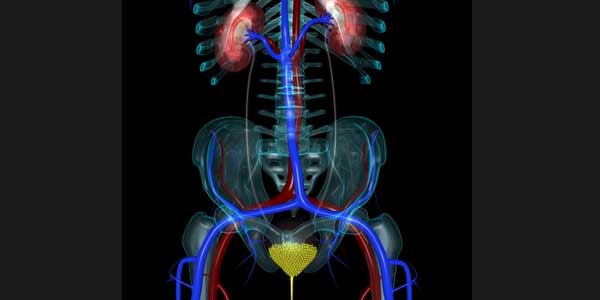Methods of Managing Urinary Incontinence

There are numerous treatments for the management of urinary incontinence.
The first and most important step in treating incontinence is to see a doctor for a complete medical exam. The doctor will ask for a detailed history of your health and give you a physical examination. The doctor may want to check urine samples and you may be referred to a urologist, a doctor who specializes in diseases of the urinary tract, or to a gynecologist, a specialist in the female reproductive system. Proper assessment and diagnosis is crucial to the selection of an appropriate treatment plan and, subsequently, a favorable outcome. The following is a summary of some of the more common methods to manage urinary incontinence:
Treatment of urinary incontinence should be designed to meet your needs. As a general rule, the least dangerous procedures should be tried first. The many options include:
Kegal’s Exercises (Pelvic Muscle Exercises):
Stress incontinence responds very well to exercises which strengthen the pelvic muscles (Kegal’s Exercises). These exercises can be done alone or in conjunction with biofeedback therapy. These techniques can help you sense your bladder filling and help delay voiding until you can reach a toilet.
Bladder Irritants/Infection:
Elimination of bladder irritants and treatment of bladder infections can eliminate the bladder contraction associated with urge Incontinence.
Prompted Voiding/Bladder Drill:
Prompted voiding and bladder drill programs teach individuals to urinate “By the clock”. Frequent, scheduled voiding helps to prevent or significantly reduces leakage for individuals with urge incontinence.
Medications:
Pharmacological manipulation or in conjunction with other methods of management can relieve symptoms. There are drugs given to relax the bladder, contract the bladder, relax the bladder neck, and contract the bladder neck. These drugs are prescribed according to symptoms and urinary tract pathology and medications are useful adjuncts in several types of incontinence. A doctor can prescribe medicines to treat incontinence. However, these drugs may cause side effects such as dry mouth, eye problems, or urine buildup.
Clean Intermittent Catheterization:
Clean intermittent catheterization can be performed by the individual to prevent urinary retention and/or to empty the bladder at scheduled time before leakage occurs. This is particularly helpful for the individual with reflex incontinence.
Environmental Modification:
Easy access to toileting facilities through proximity, clothing alteration, and large, visible signs are helpful for the individual with functional incontinence. Timed or scheduled voiding may also be used in conjunction with easing toilet access. Caregivers actually escort the individual to the bathroom at designated intervals, usually chosen by assessing the person’s usual voiding routine.
Surgery:
This should be a last resort approach. Sometimes surgery can improve or cure incontinence if it is caused by a structural problem such as an abnormally positioned bladder or blockage due to an enlarged prostate. Implanting devices that replace or aid the muscles controlling urine flow has been tried in people with incontinence.
